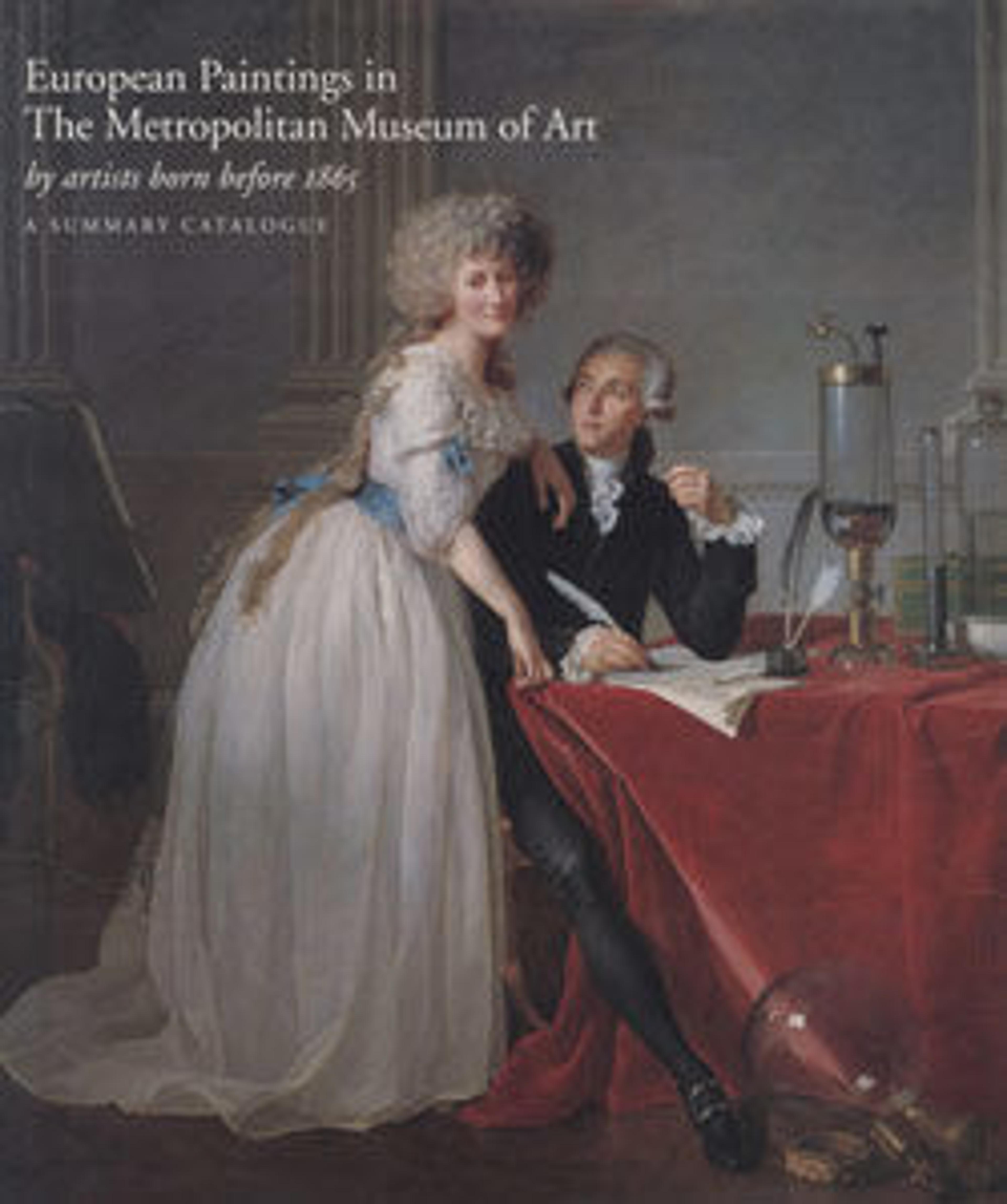Scenes from the Life of Saint Andrew
This extraordinary double-sided panel is one of two hinged wings of an altarpiece taking the form of a triptych and dedicated to Saint Andrew the Apostle. One side depicts events from the Book of Genesis, including God’s creation of the animals of the earth and the first people, Adam and Eve. Below these scenes is an image of Saint Andrew holding a cross and making a gesture of blessing, flanked by censing angels and kneeling donors whose names are written on the scrolls above their heads. The reverse side shows scenes from the life of Saint Andrew, beginning with the saint’s calling by Jesus and continuing with his efforts to eradicate paganism by preaching and baptizing. Remarkably, the triptych’s central panel and other wing and also survive in two different collections in Spain, completing the stories of creation and apostolic mission begun on this panel.
Artwork Details
- Title: Scenes from the Life of Saint Andrew
- Date: late 14th century
- Geography: Made in Castile, Spain
- Culture: Spanish
- Medium: Tempera on wood, gold ground
- Dimensions: 78 1/4 in. × 39 3/4 in. × 2 1/8 in. × 15/16 in. (198.8 × 101 × 5.4 × 2.4 cm)
- Classification: Paintings-Panels
- Credit Line: The Cloisters Collection, 1925
- Object Number: 25.120.257
- Curatorial Department: Medieval Art and The Cloisters
More Artwork
Research Resources
The Met provides unparalleled resources for research and welcomes an international community of students and scholars. The Met's Open Access API is where creators and researchers can connect to the The Met collection. Open Access data and public domain images are available for unrestricted commercial and noncommercial use without permission or fee.
To request images under copyright and other restrictions, please use this Image Request form.
Feedback
We continue to research and examine historical and cultural context for objects in The Met collection. If you have comments or questions about this object record, please complete and submit this form. The Museum looks forward to receiving your comments.
